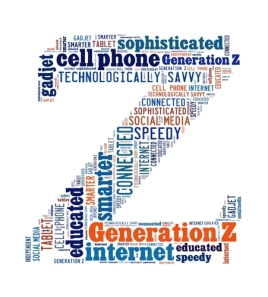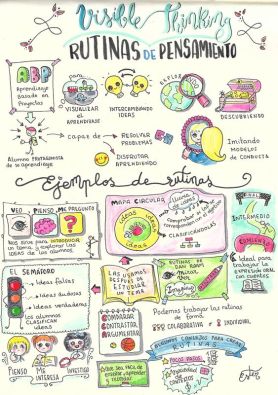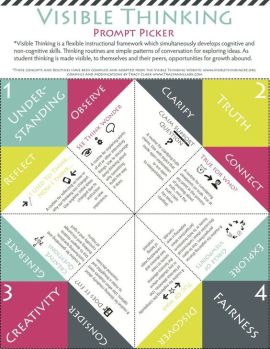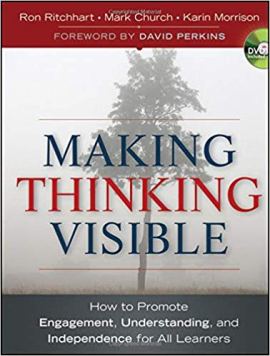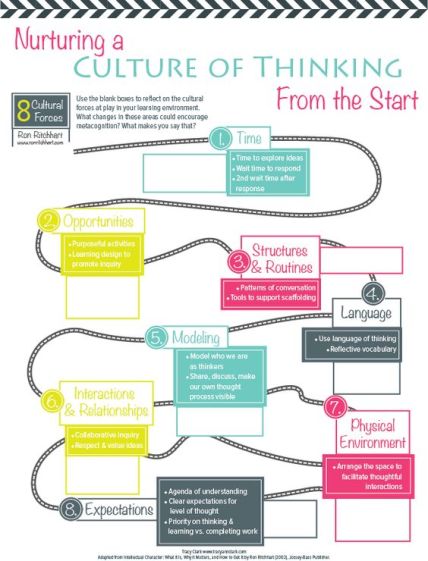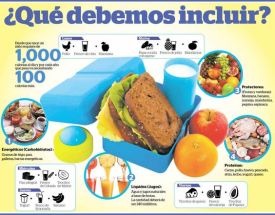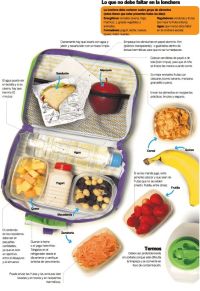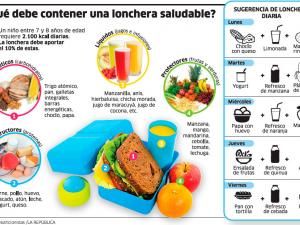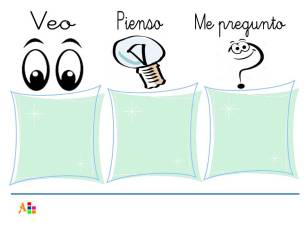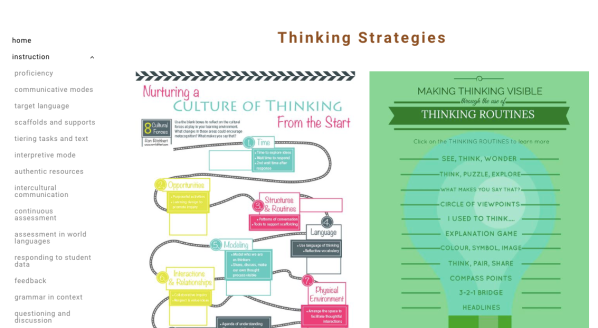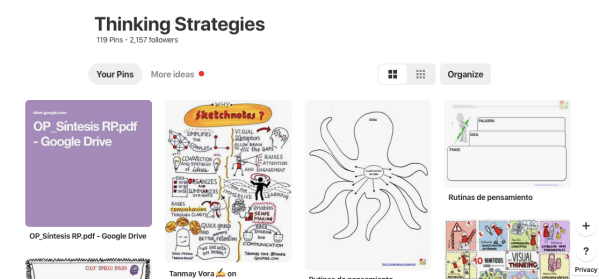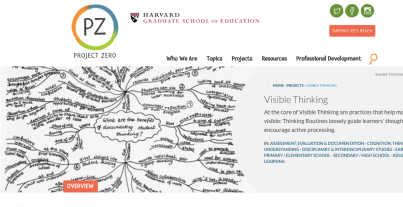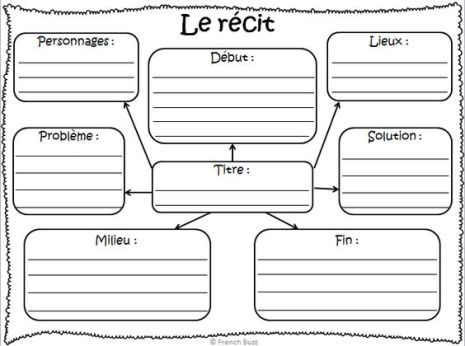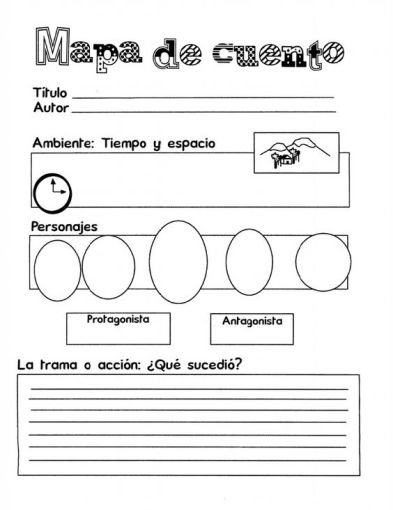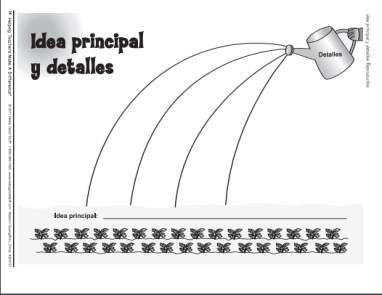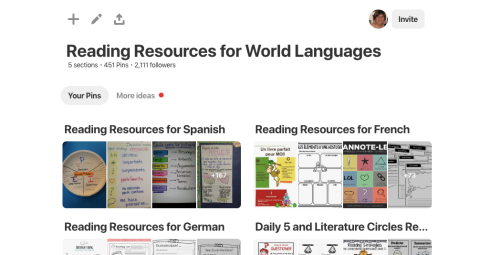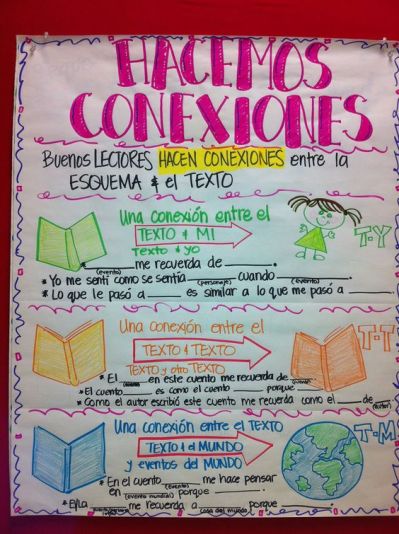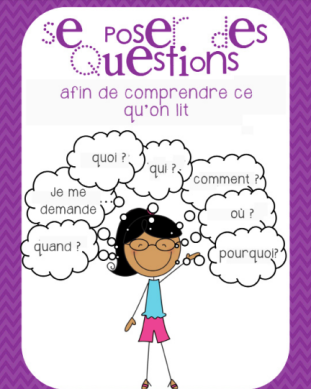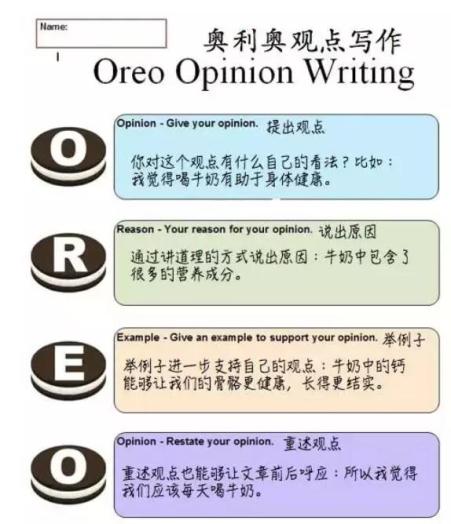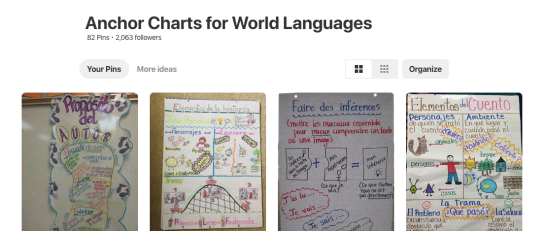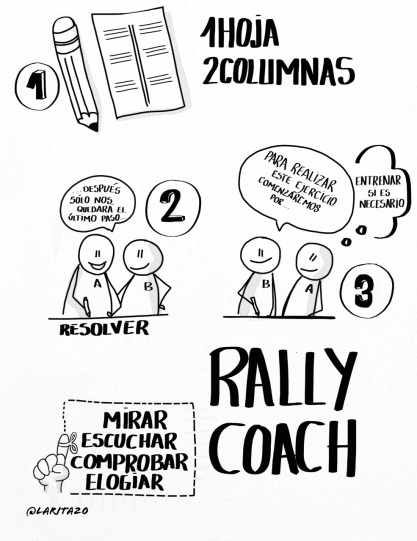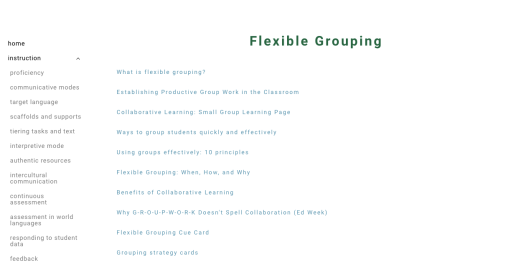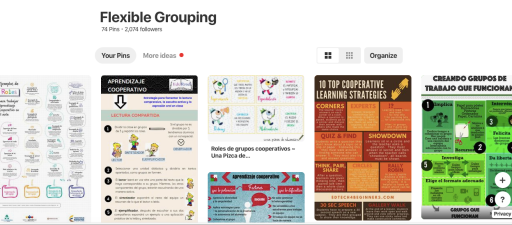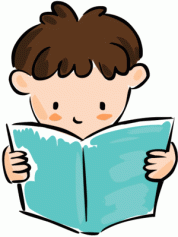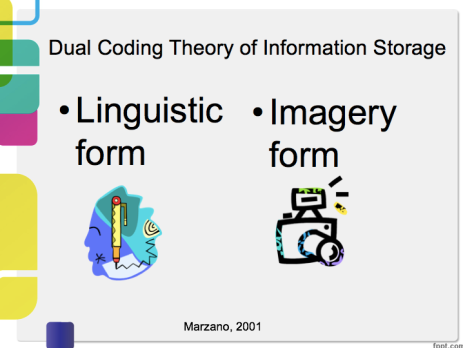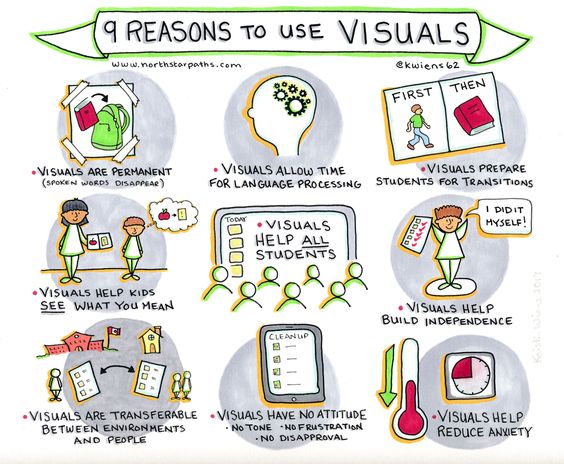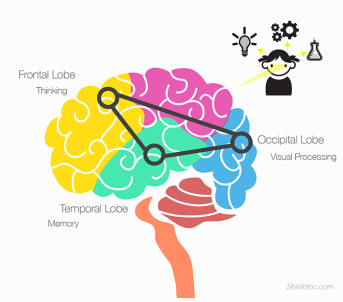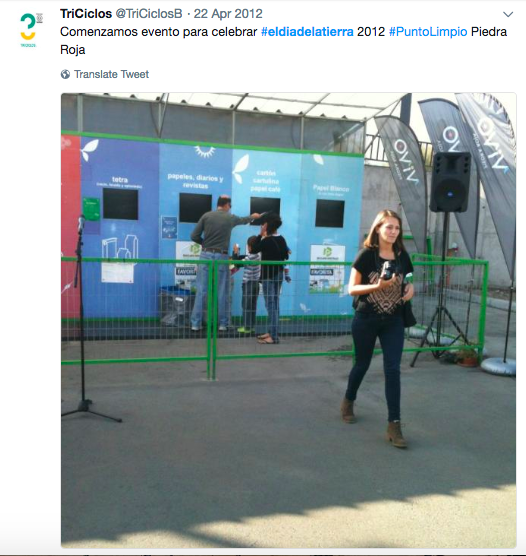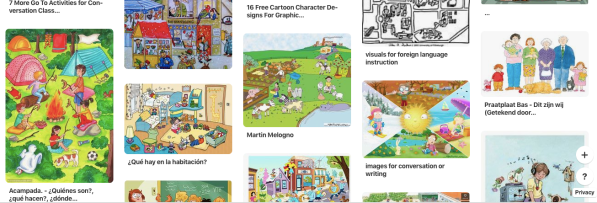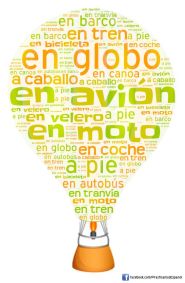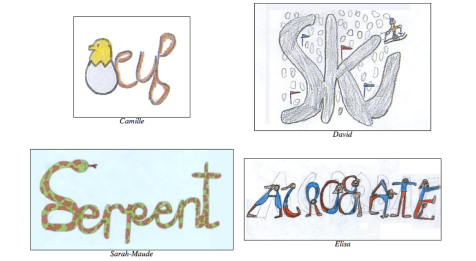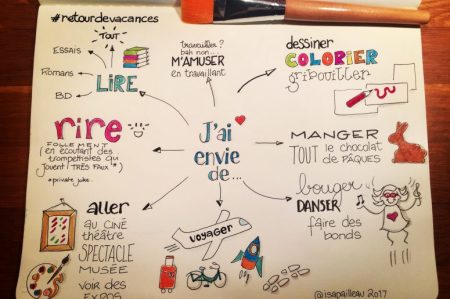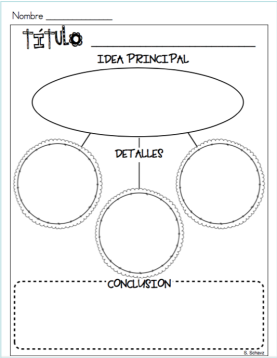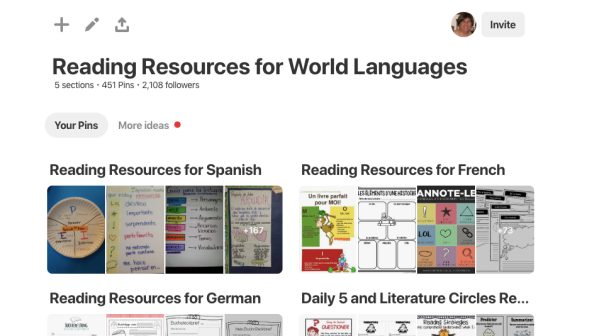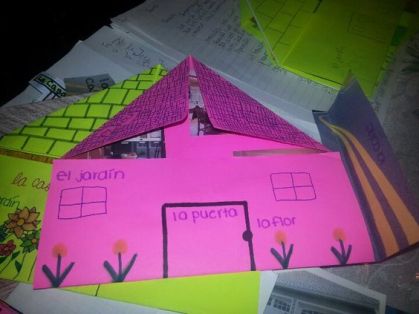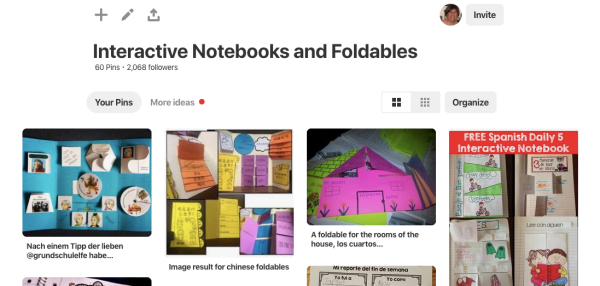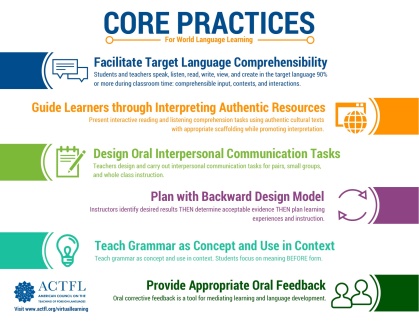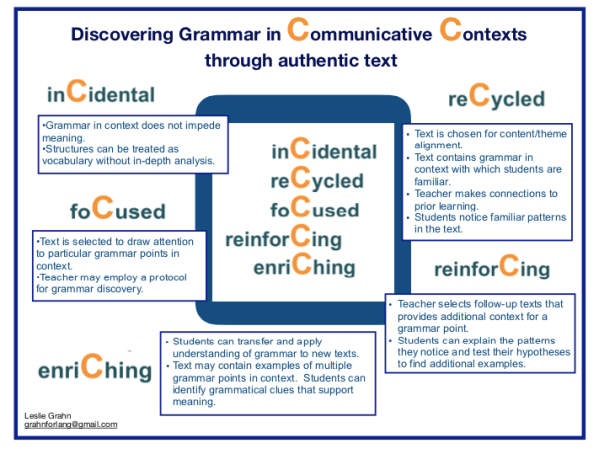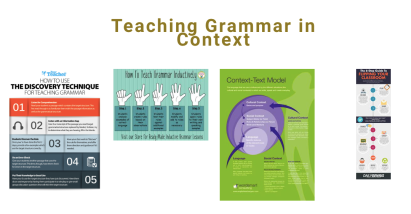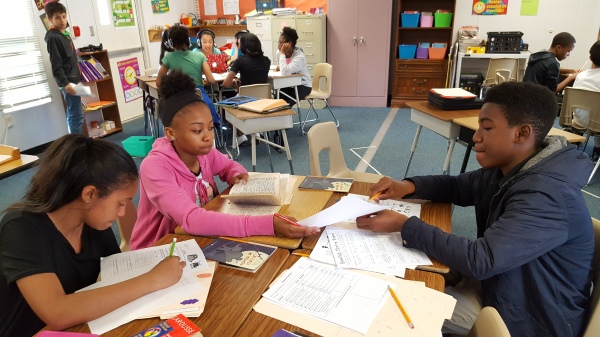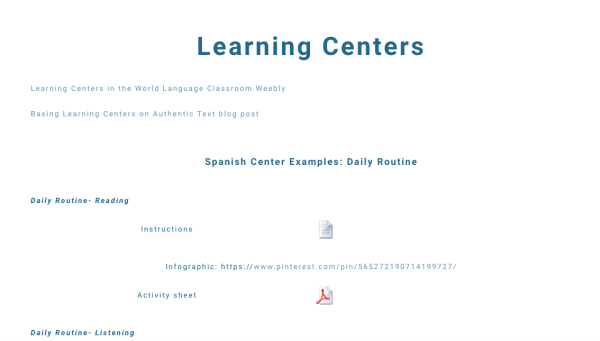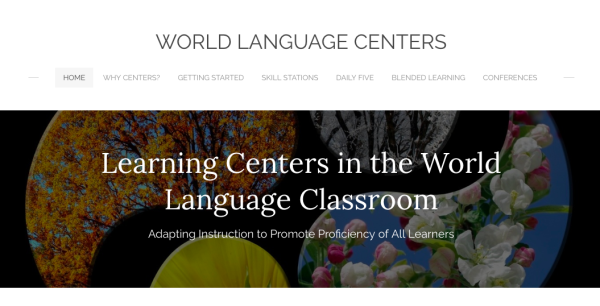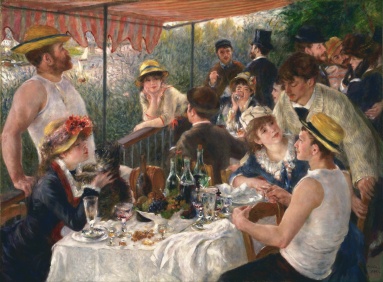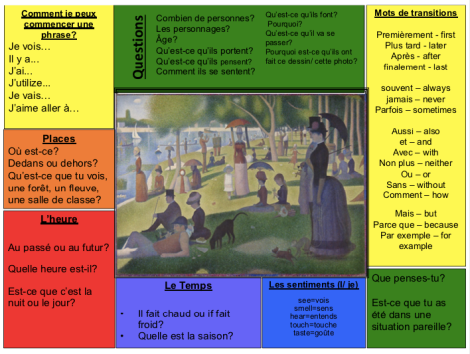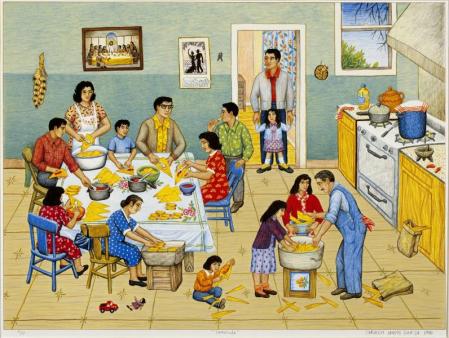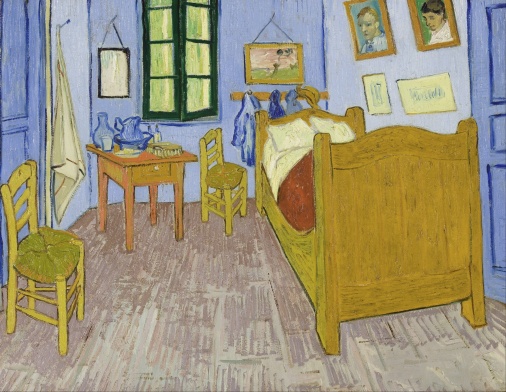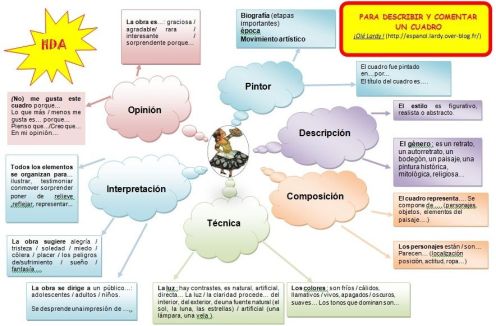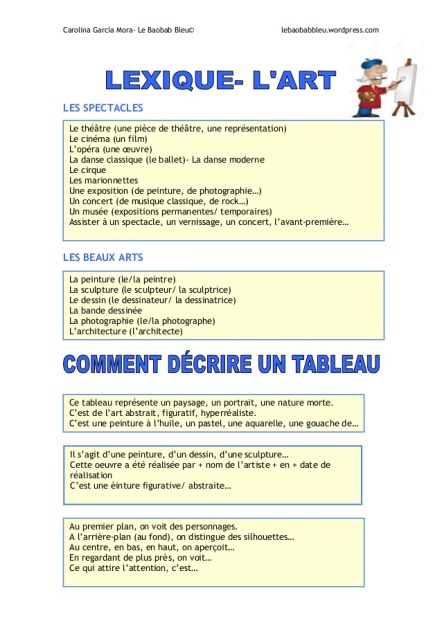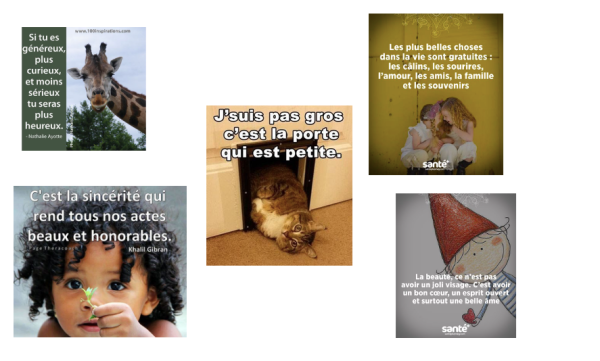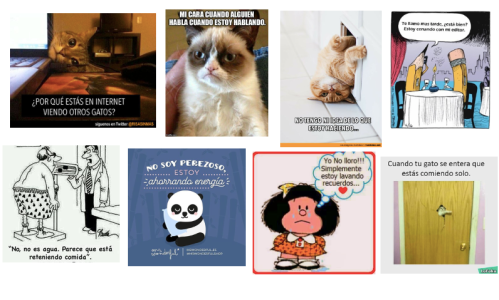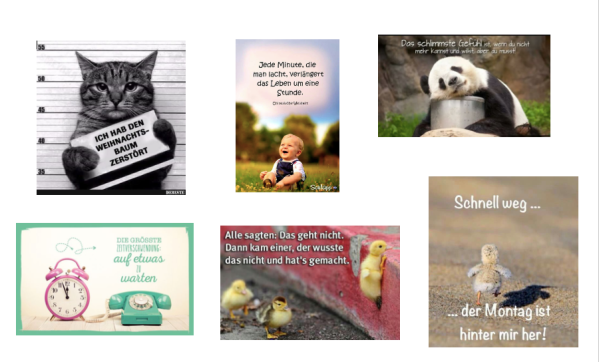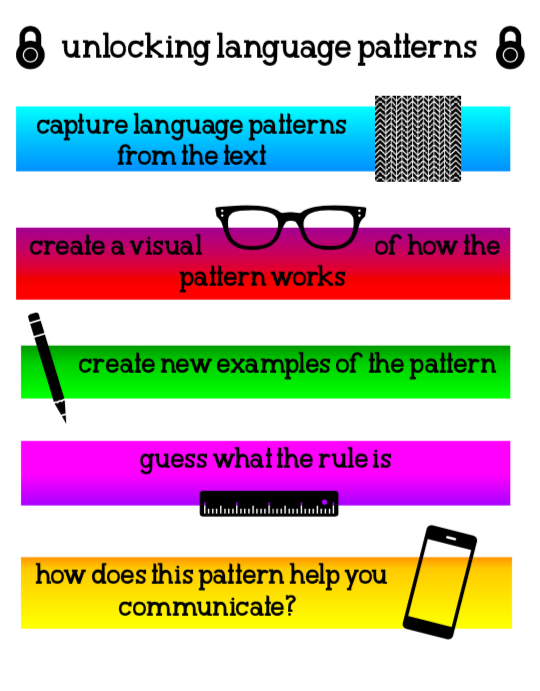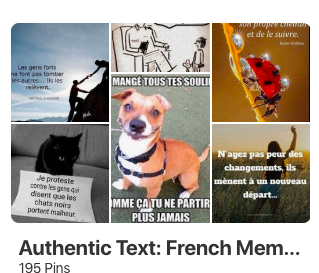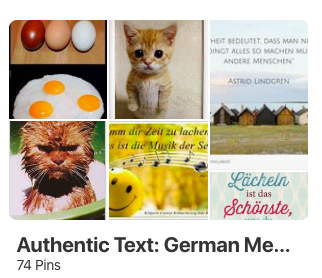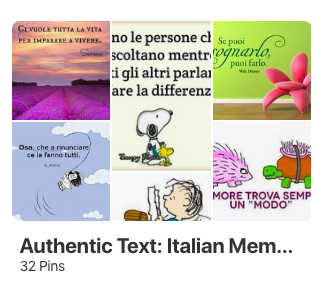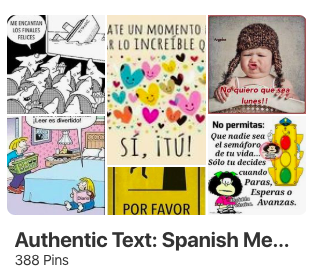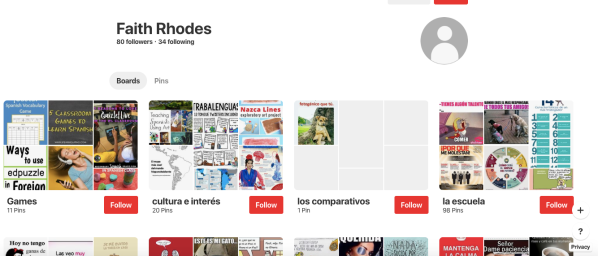 http://cboronline.com/events/gri-skill-building/
http://cboronline.com/events/gri-skill-building/
As we facilitate student growth across the proficiency continuum toward meeting learning targets, we plan learning experiences for students through the various phases of learning, guiding them from input to independence.
Much focus has been placed on comprehensible input, where students acquire new content on various topics and on output or independence, where students are able to use the new content on their own in real world contexts.
How do we ensure that our students are building literacy and communication skills?
Along with students acquiring more content over time, attention needs to be paid to the building of communicative skills. What we know is…
- Skills are not acquired just through input of content.
- Students have learned paradigms for skills through language arts
- Advancing in proficiency levels requires intentional skill building
If we take a close look at the NCSSFL-ACTFL Can-Do Statements, they reveal to us the skills students need to advance through the proficiency levels.
https://www.actfl.org/publications/guidelines-and-manuals/ncssfl-actfl-can-do-statements
For example, at the novice level in the interpersonal mode, here are the skills that appear:
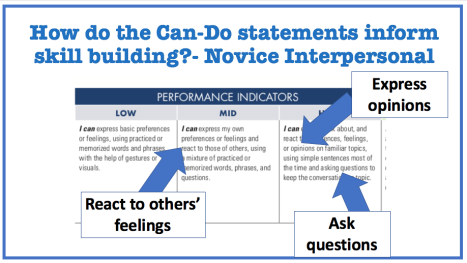
Some examples of resources that support building interpersonal skills in the area of expressing opinions at the novice level might be the following graphic organizer, anchor chart, and expressions list:
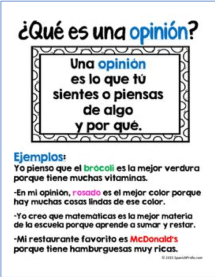
For building student skill in identifying the main idea and key details from a text,
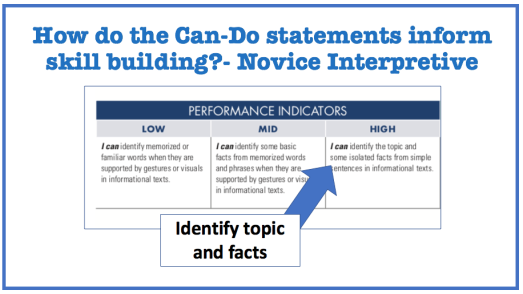
for French at the at the novice level, some resources to support that skill building might include an anchor chart, graphic organizer, and instructional strategy:
And here’s one for the presentational mode at the intermediate level:
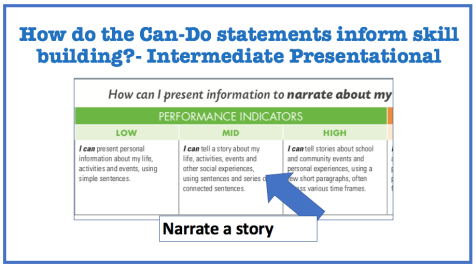
And some resources for building the skill of narrating a story in Spanish:
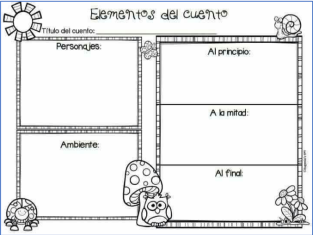 .
. 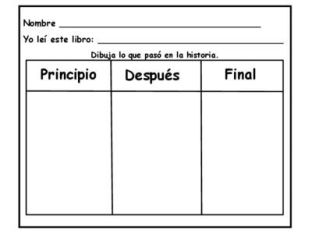
Where can I find resources for intentional skill building in the target language?
I invite you to visit a page on my website, entitled “Intentional Skill Building” where I have begun to gather resources in the target language for building students’ communicative skills (click on the image below).
The page is divided into Novice, Intermediate, and Advanced proficiency levels, with segments in between entitled “Preparing for Intermediate” and “Preparing for Advanced.” The resources linked within the charts are anchor charts, graphic organizers, expressions lists, and instructional strategies.
Anchor charts are visuals that remind students about processes or routines that can use
Graphic organizers allow students to place ideas into groups or categories either based on interpretation of text or for preparation of a speaking or writing product
Expressions lists serve as supports or scaffolds for students to assist them in persevering through a task in the target language.
- Instructional strategies

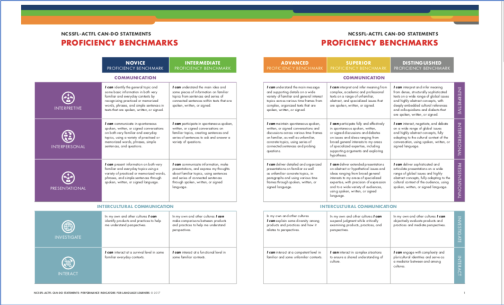
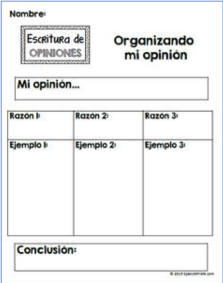
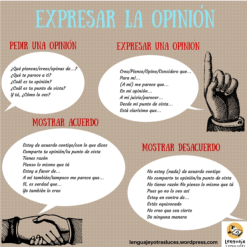
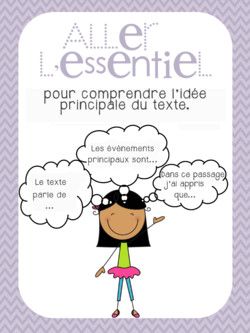
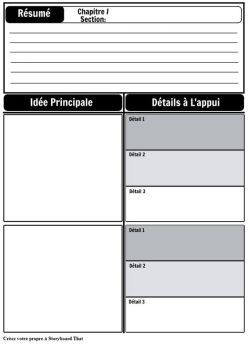
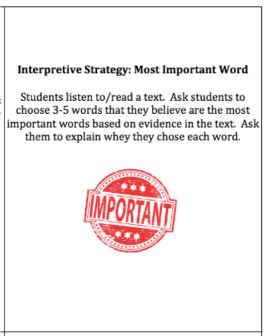
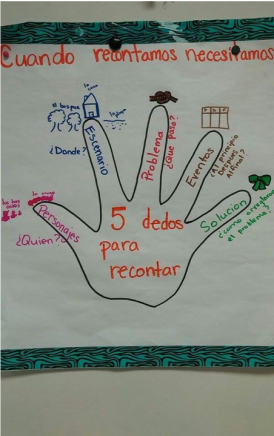
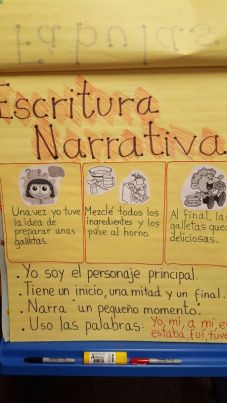
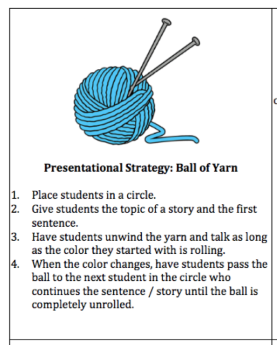
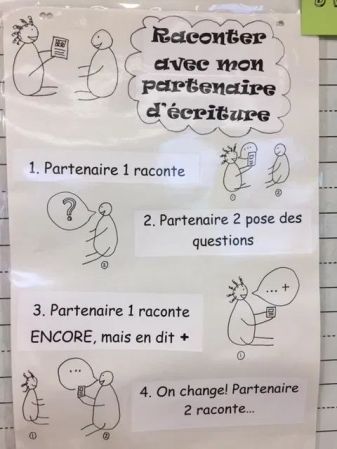
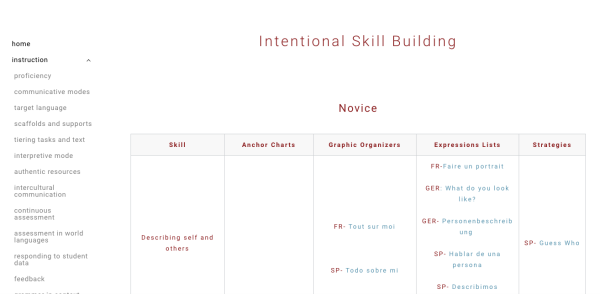
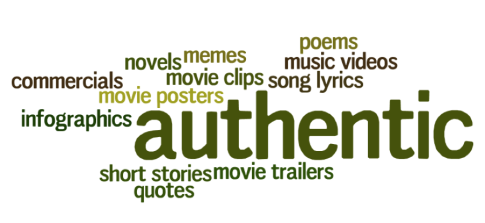
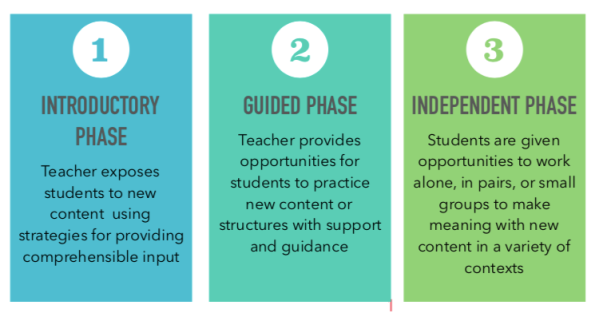
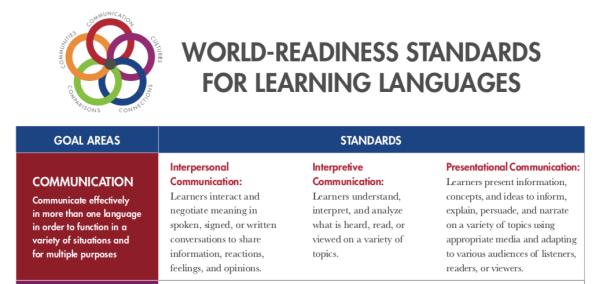
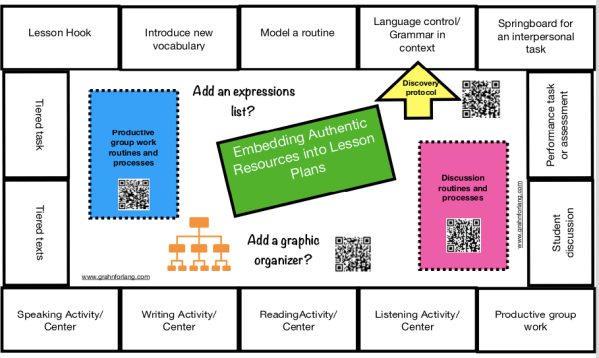

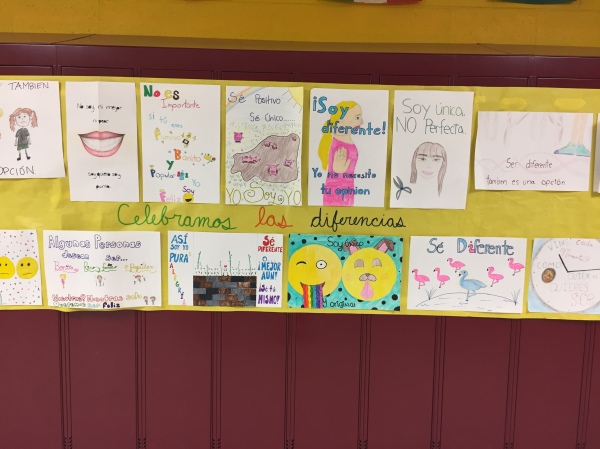 (photo credit: Heather Sherrow)
(photo credit: Heather Sherrow)